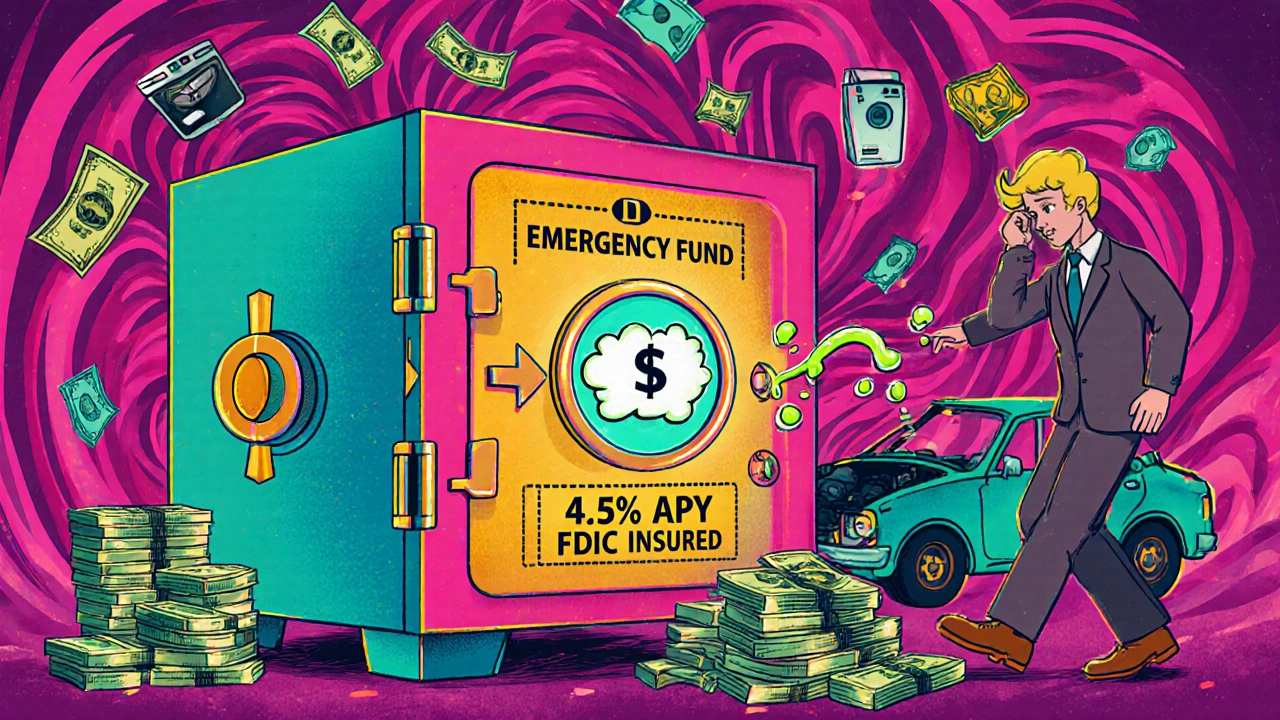Treasury Bills: What They Are, How They Work, and Why They Matter in 2025
When you hear Treasury Bills, short-term debt obligations issued by the U.S. government to fund public spending. Also known as T-bills, they’re one of the safest places to park cash because the U.S. government backs them with its full faith and credit. Unlike stocks or corporate bonds, T-bills don’t pay interest regularly. Instead, you buy them at a discount and get paid the full face value when they mature—usually in 4, 13, 26, or 52 weeks. That difference between what you pay and what you get back? That’s your return.
Treasury Bills are a core part of risk-free assets, investments with virtually no chance of default, making them the baseline for comparing all other financial products. They’re used by retirees who need stable income, emergency fund savers who want better returns than a regular bank account, and even big institutions that need to hold cash securely between larger investments. In 2025, with short-term interest rates still above 4%, T-bills are offering yields that haven’t been seen in over a decade—making them more attractive than many high-yield savings accounts.
They’re not the same as government securities, a broader category that includes Treasury notes, bonds, and inflation-protected securities. T-bills are the shortest-term option, which means less exposure to interest rate swings. If you’re worried about inflation or market crashes, T-bills let you lock in a return without locking your money away for years. You can buy them directly through TreasuryDirect.gov, or through most brokerages with no fees. And unlike CDs, you don’t have to wait until maturity to sell them—though you might take a small loss if rates have gone up since you bought.
Some people think T-bills are too boring to matter. But when the market drops, when banks fail, when uncertainty hits, that’s when T-bills become your quiet safety net. They’re not going to make you rich. But they’re not going to lose your money either. And in a world full of flashy apps, AI portfolios, and crypto hype, that’s worth something.
Below, you’ll find real breakdowns of how T-bills compare to savings accounts, how to buy them without paying fees, what happens when rates change, and how to use them as part of a smarter, less stressful investment plan. No jargon. No fluff. Just what you need to know to use T-bills the right way in 2025.
